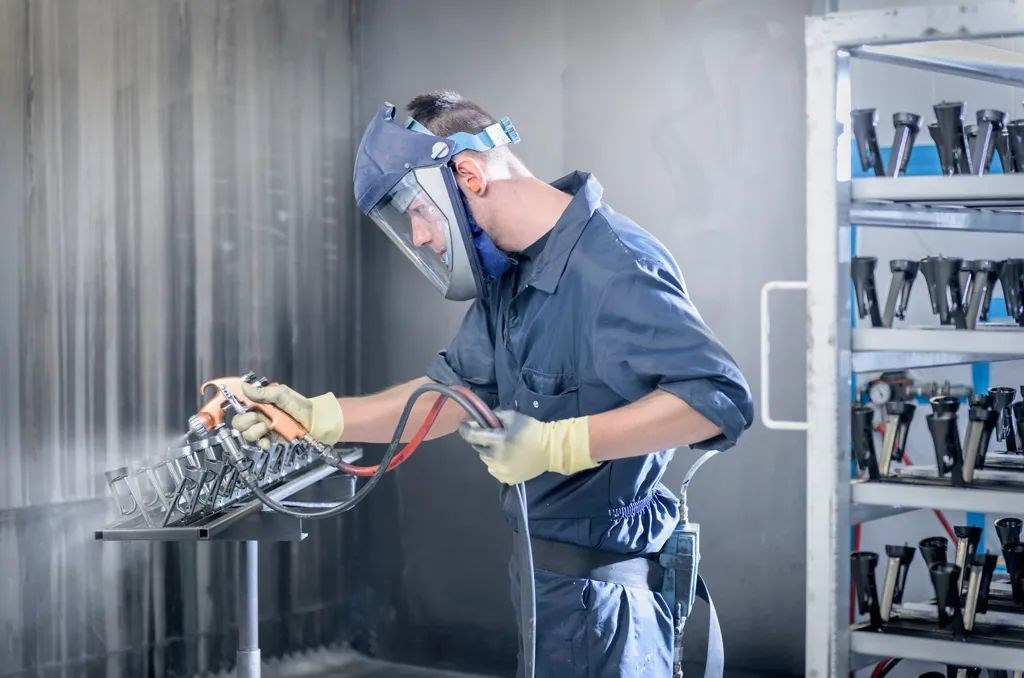What does it mean when a product is remanufactured?
Published date: 23 March 2023

We have all heard about the importance of reducing waste and reusing products to protect the environment. One option that can help us achieve this goal is remanufacturing. In this blog post, we will explore what remanufacturing means, which products can be remanufactured, and the advantages and disadvantages of this process.
What is remanufacturing?
Remanufacturing is a process of restoring used products to their original condition. It involves disassembling the product, cleaning and inspecting all components, repairing or replacing any defective or worn parts, and then reassembling the product to its original specifications. The remanufacturing process is carried out by trained technicians who follow strict guidelines to ensure the product meets the same quality and performance standards as a new product.
What products can be remanufactured?
Remanufacturing can be applied to a wide range of products, including:
- Automobile parts
- Printers and toner cartridges
- Office furniture
- Medical equipment
- Industrial machinery
- Consumer electronics
What are the advantages and disadvantages of remanufacturing?
Advantages of remanufacturing include:
- Environmental benefits: Remanufacturing supports a circular economy. It reduces the amount of waste going to landfills, conserves natural resources, and reduces energy consumption and greenhouse gas emissions.
- Cost savings: Remanufactured products are generally less expensive than new products, making them an attractive option for cost-conscious consumers and businesses.
- Quality: Remanufactured products are typically of the same quality than new products, as they are thoroughly tested and inspected before being sold.
- Avoiding obsolescence: Remanufacturing helps solve the problem of product parts becoming obsolete.
Disadvantages of this process include:
- Limited availability: Not all products are suitable for remanufacturing, and the availability of remanufactured products can be limited in some markets.
- Lack of awareness: Many consumers and businesses are not aware of remanufactured products, and therefore may not consider them as an option.
What is the difference between remanufacturing and recycling?
While remanufacturing and recycling both aim to reduce waste, they differ in their approach and end result. Recycling involves breaking down materials into their raw form and using them to create new products. This process often requires melting, smelting or reprocessing. The items created from recycling may (or may not) have a completely different form and purpose, compared to the items the source materials come from. In contrast, remanufacturing involves restoring a used product to its original condition without changing its quality, form and purpose.
In conclusion, remanufacturing is a valuable process that offers numerous benefits for both consumers and the environment. It allows to reduce waste, conserve natural resources, and avoid obsolescence while also providing cost savings and high-quality products. By remanufacturing products, we can make a positive impact on the environment and support a more sustainable future.
At Conro Electronics, we’ll show you how to improve product reliability while increasing performance and lowering costs. Our team of technical support specialists will provide your company with dependable global supply, unrivalled efficiency, and superior technical support.
Feel free to contact us on 0208 953 1211 or send us an email to info@conro.com




Comments
There are currently no comments, be the first to comment.